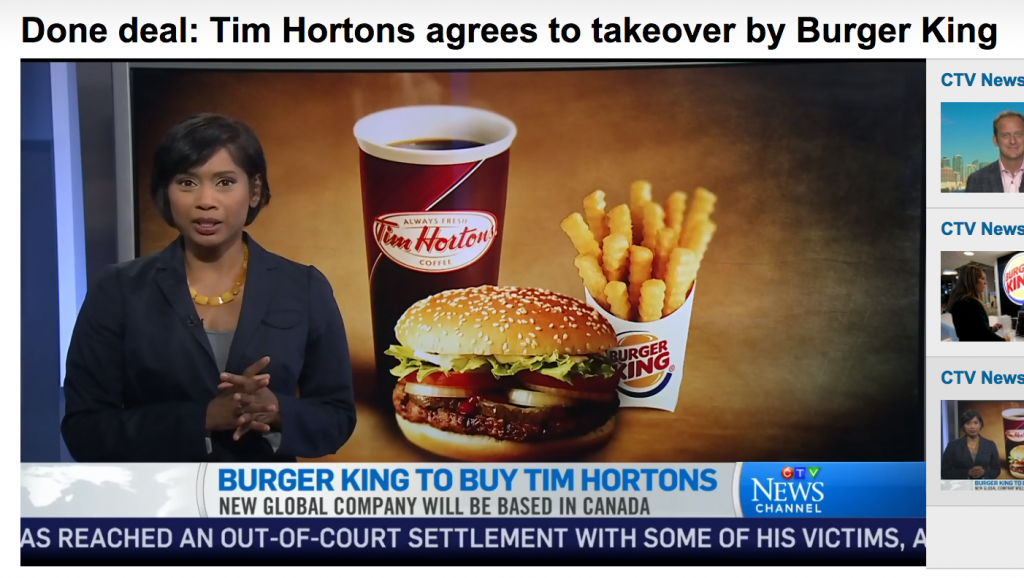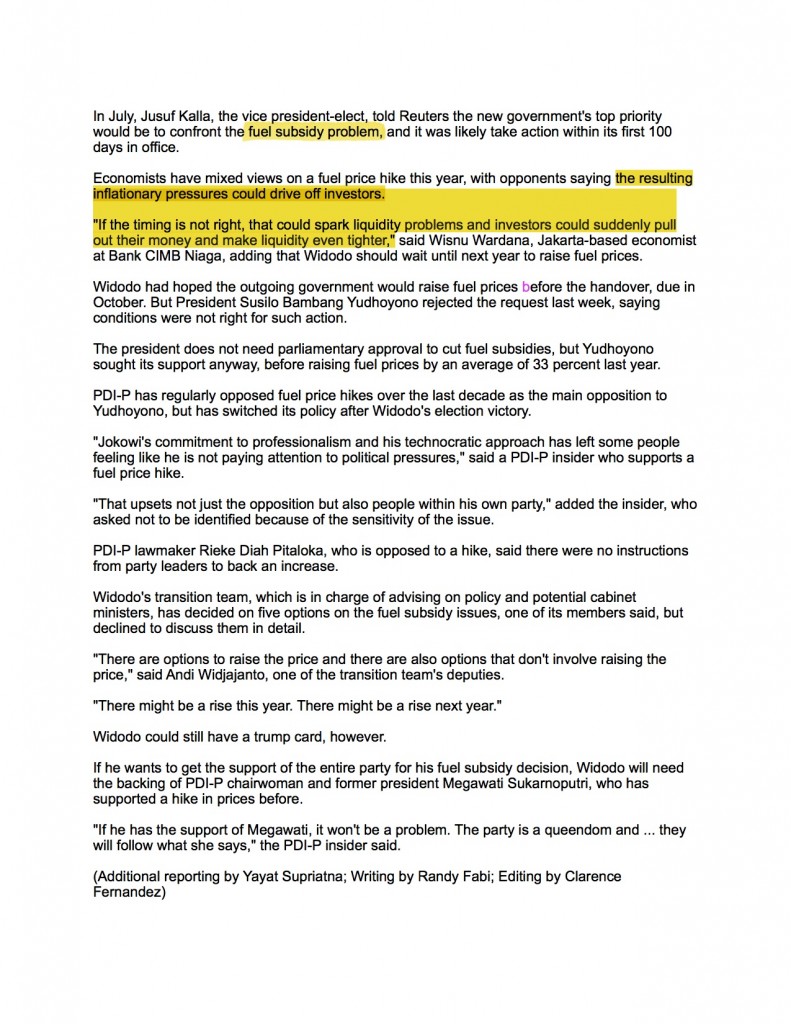Burger King and Tim Hortons have reached an agreement of merging the company, creating the “world third largest quick restaurant company”. Tim Hortons has agreed to buy the American burger company in order to make a new-merge restaurant without changing the speciality from each one, this is done for expansion purpose.Burger King has been in breakfast business for 30 years but still hasn’t made a significant growth when its compared with larger player especially McDonalds and Starbucks . While Tim Hortons, also been struggling to growth the US, primarily through unit expansion; but still not significant change visible in the market .
The merging agreements will include sharing of retail space and and management corporation. This means, the two company will soon announce a new company name. This merging has bring contradiction, since Burger King will move its headquarters to Canada. This means the move will cause shrink payment to US company taxes, many has question if this is one of Burger King’s strategy to lower their tax bill.
Marc Caira, the CEO of Tim Hortons stated ” We will be in a better position to take our brand quickly and efficiently to a global customer base”. For the customer segment, we should consider how the new business will affect the demand of both products. For instance, if the new company will be launch in Vancouver, would it attract consumer more than Tim Hortons attract customer before? How would the market interest increase if the two company don’t offer a new product and promote Point of differentiation? Especially for city like Vancouver,majority of population are highly concerned about health and food quality, and with, the merging of the two company ; its safe to say that the products they offer wouldn’t improve the growth of sales by much .Indeed, as a new company they will want to find the segment which is most profitable to use, most suited for the product that being offered.
I believe, Tim Hortons and Burger King would need to improve their strategy to capture market attention by their decision to merge. By both established brand names the companies already owned, this event should be treat as an opportunity to enhance and promote both companies even more in the mind of global customer.
Image source: http://www.cbc.ca/news/business/tim-hortons-burger-king-reaction-u-s-cracks-down-on-tax-inversions-1.2774913
Work Cited
Janus, Andrea. “Done Deal: Tim Hortons Agrees to Takeover by Burger King.” CTVNews. N.p., 26 Aug. 2014. Web. 05 Oct. 2014



